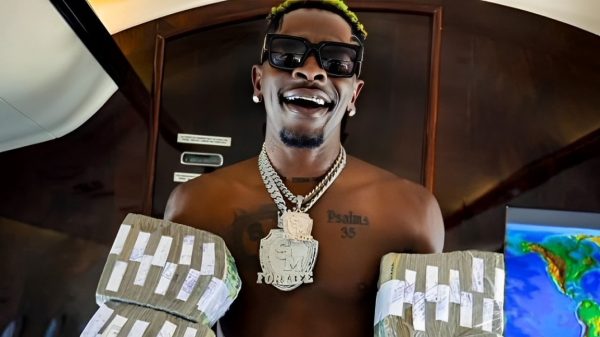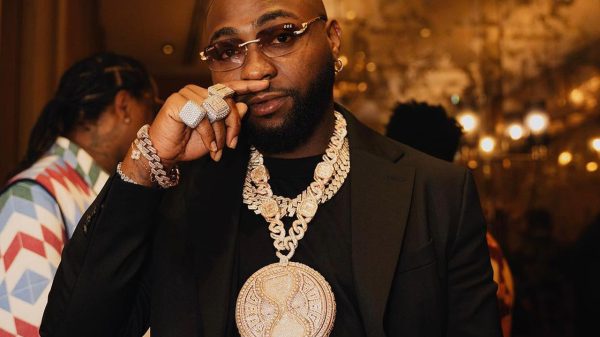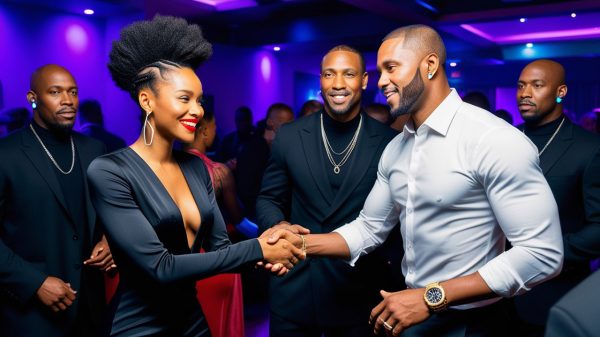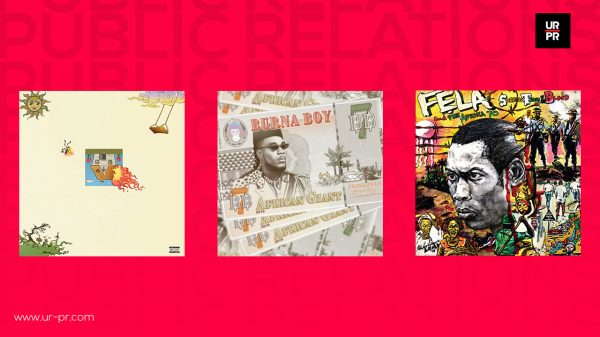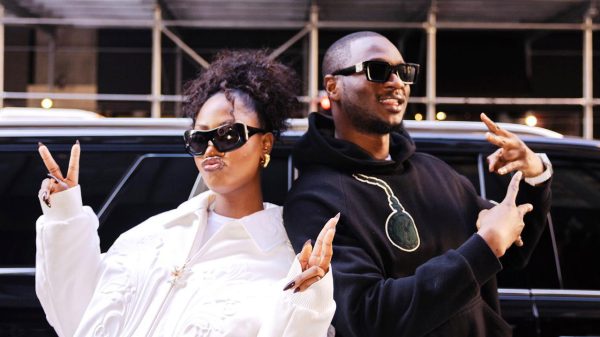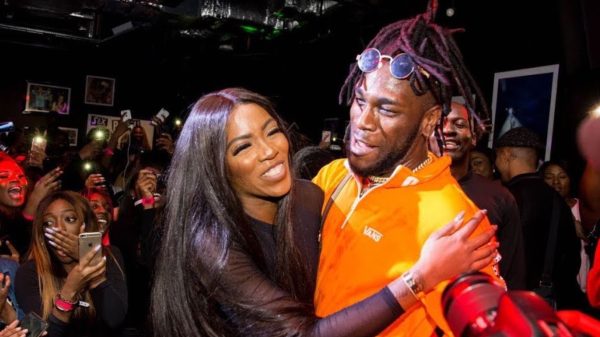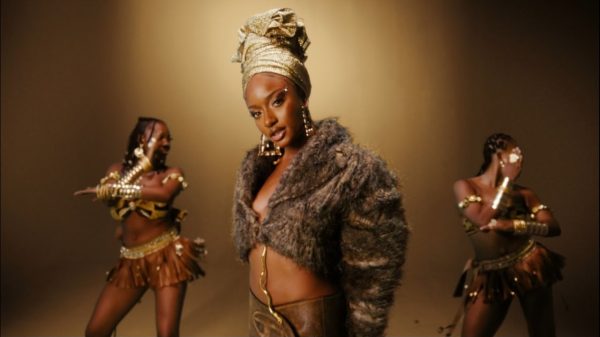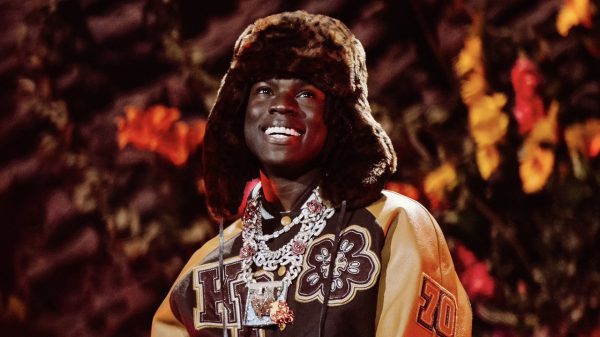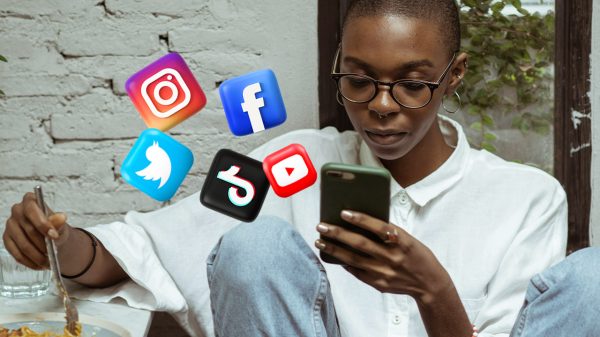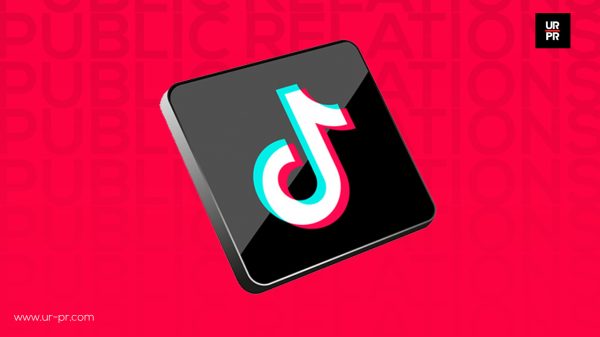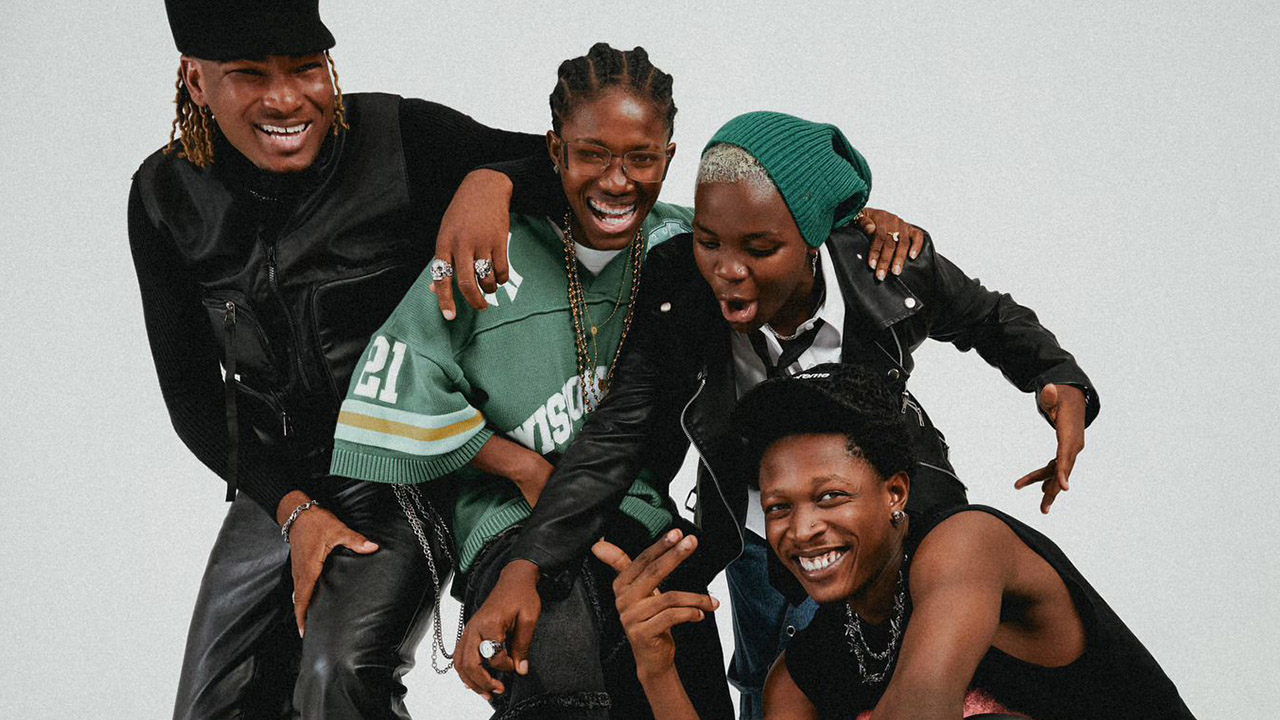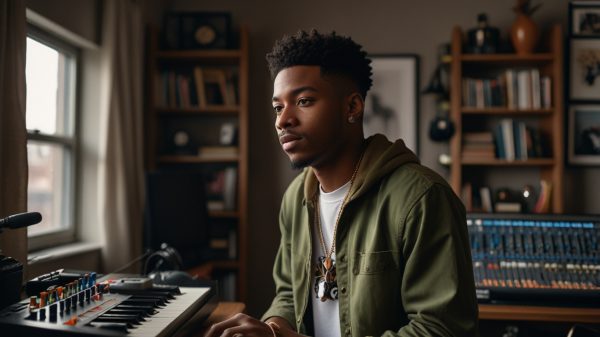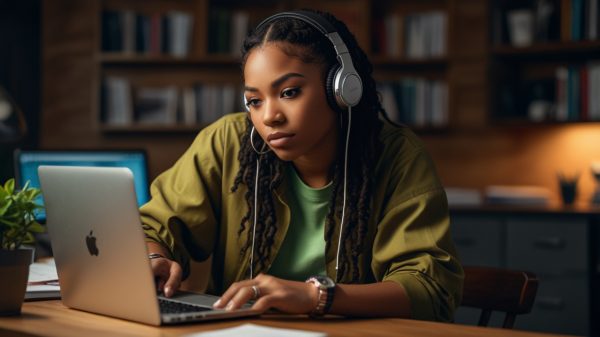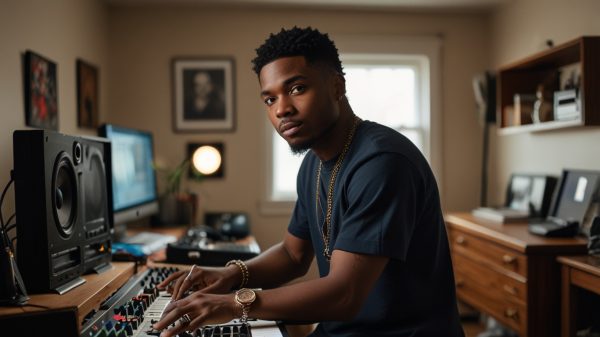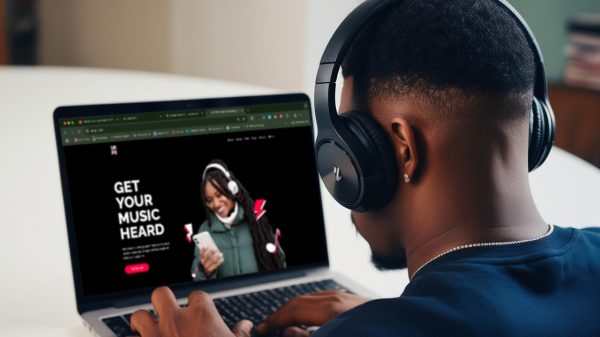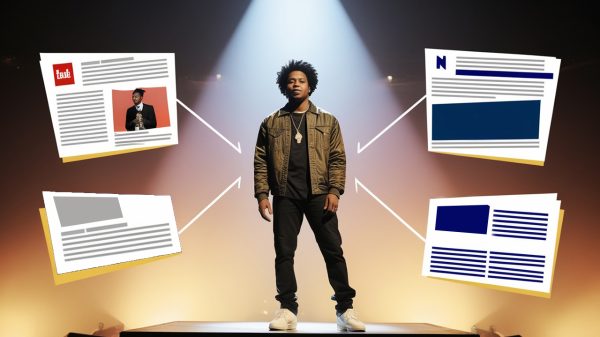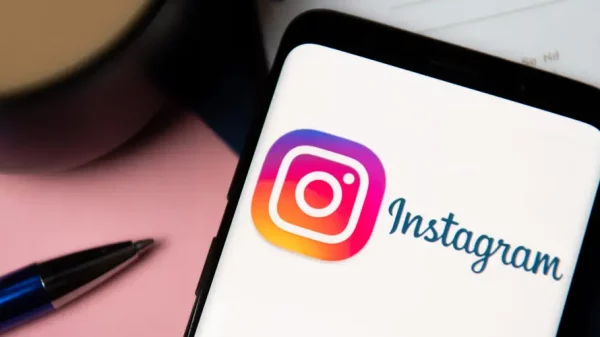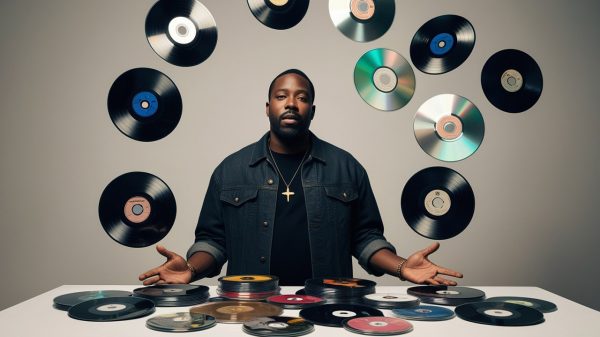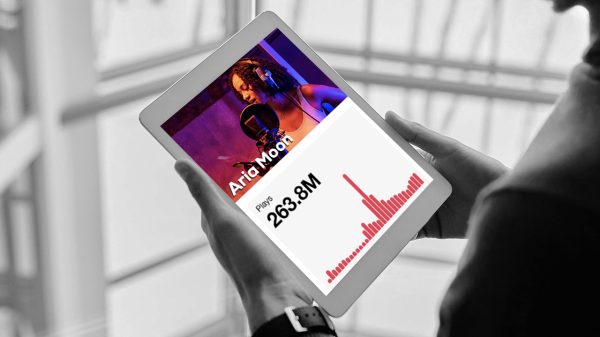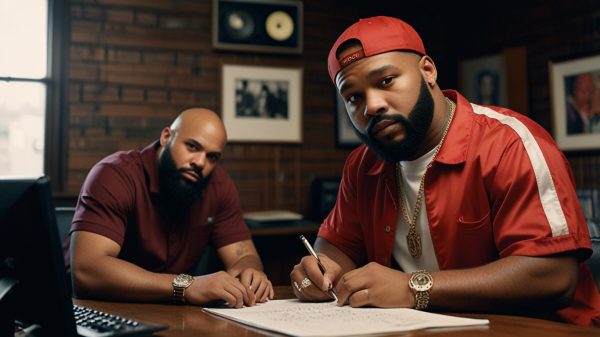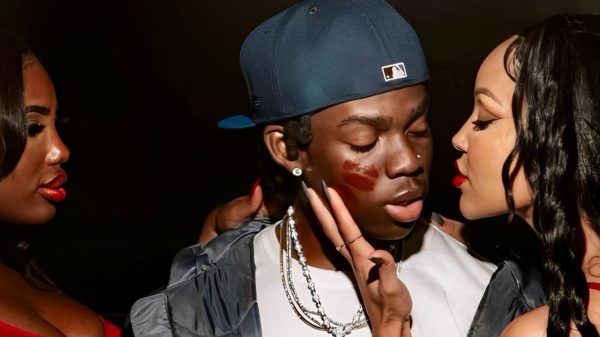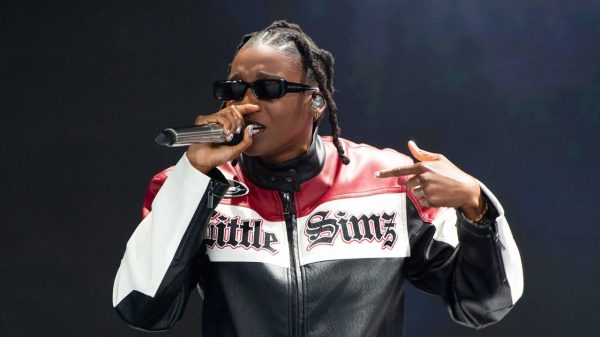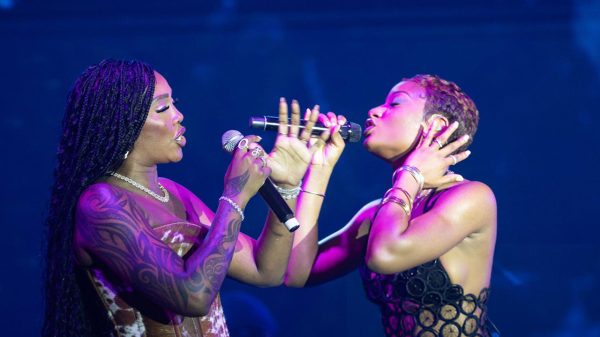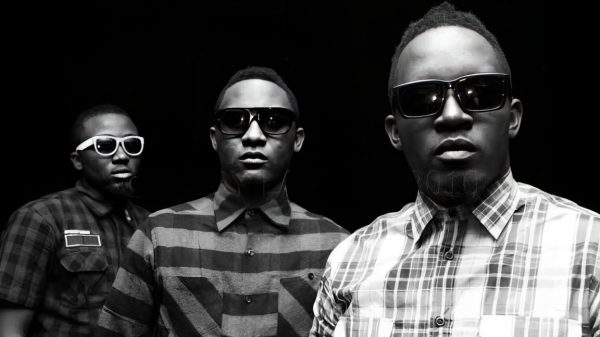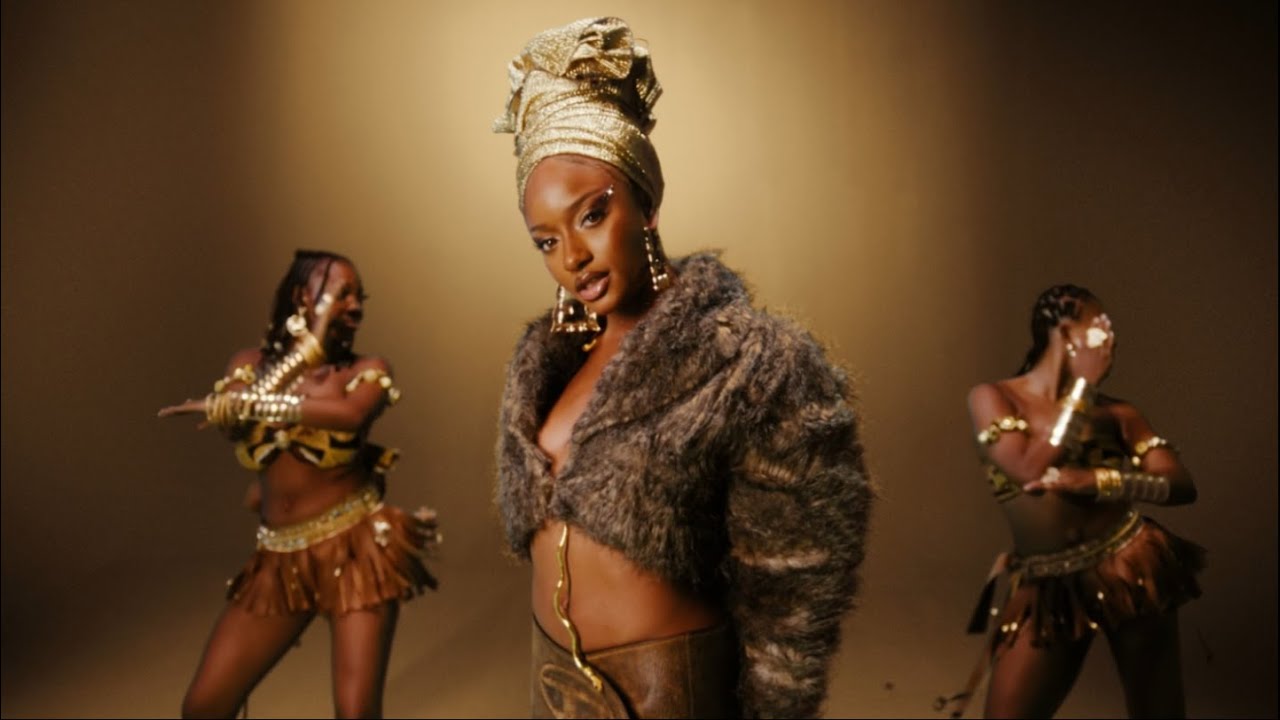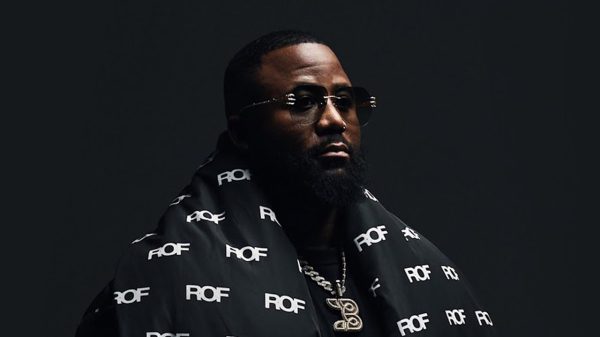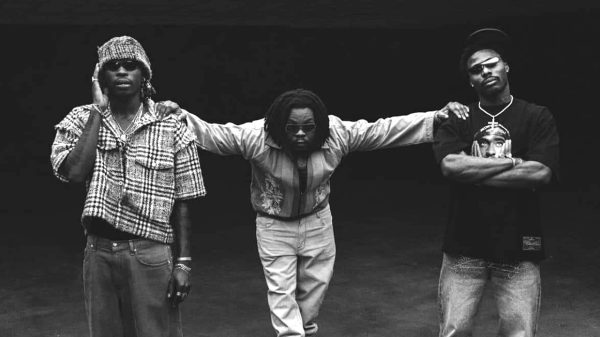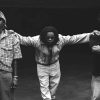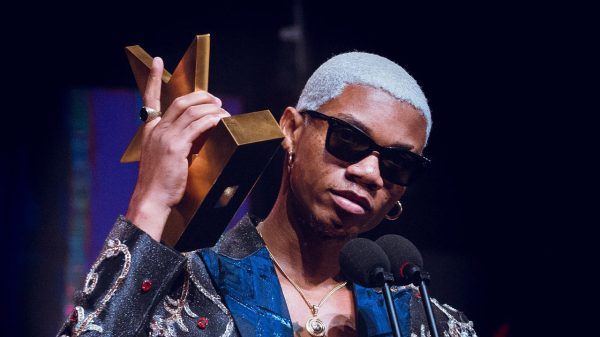In the African music scene, the impact of music videos cannot be overstated. Beyond simply promoting a song, music videos have the power to bring the music to life, drawing fans deeper into the rhythm and emotion of a track. One of the key elements that contribute to the success of a music video is choreography. Choreographers play an essential role in creating engaging visuals that add depth to the song and make it memorable. Here are five ways choreographers elevate music videos in African music.
1. Amplifying the Song’s Energy and Emotion
Choreography is one of the most effective ways to communicate the energy and mood of a song visually. Choreographers craft moves that match the beat, tempo, and feel of the music, whether it’s a high-energy Afrobeats track or a soulful R&B ballad. By syncing dance moves with key moments in the music, choreographers create a powerful synergy between sound and movement. For instance, in a high-tempo Afrobeat track, choreographers can use quick, vibrant movements to reflect the song’s upbeat nature. This fusion of sound and motion amplifies the song’s emotion, making it more impactful for viewers.
2. Creating Iconic Dance Moves and Challenges
In the age of social media, choreographers have become instrumental in creating signature dance moves that often go viral, helping songs reach a broader audience. Many African songs have gained global recognition due to unique dance challenges that originate from the music video’s choreography. For example, the choreography for songs like Davido’s “Unavailable” or King Promise’s “Terminator” have inspired worldwide dance challenges, with fans recreating the moves on platforms like TikTok and Instagram. These dance challenges drive engagement and give fans an interactive way to connect with the music, transforming choreographed moves into cultural phenomena that boost the song’s visibility.
3. Enhancing Visual Storytelling
Choreography can be a powerful tool for storytelling, adding a layer of depth and narrative to a music video. Through carefully planned dance routines, choreographers can visually interpret the lyrics, mood, or themes of a song. For example, in Tyla’s “Water,” the choreography subtly communicates a sultry vibe that enhances the song’s theme. Choreographers use movements, expressions, and body language to depict the story, turning the video into a narrative experience. This storytelling element keeps viewers engaged and allows them to connect more deeply with the song’s message.
4. Showcasing African Dance and Cultural Heritage
Choreographers in African music videos often draw inspiration from traditional African dances, fusing them with contemporary moves to create a unique blend that resonates with both local and global audiences. By incorporating African dance styles, choreographers showcase the rich cultural heritage of the continent, celebrating diversity through movement. This not only makes the video visually captivating but also introduces global viewers to African culture. Choreographers working with artists like Yemi Alade, Ayra Starr, and Diamond Platnumz often use indigenous dance forms that honor specific regions, making the videos a cultural experience for audiences.
5. Enhancing Artist’s Brand and Stage Presence
For many artists, choreography is an essential part of their brand and image. By crafting dance routines that reflect an artist’s personality and style, choreographers help strengthen the artist’s brand identity. Artists like Ayra Starr, who often incorporate dance moves, or Zlatan, known for his high-energy “Zanku” dance, have choreography as a core element of their performances and videos. This synergy between the artist and choreography builds a cohesive image that fans can recognize and relate to. Additionally, learning choreography in music videos helps artists enhance their stage presence, making them more confident and dynamic during live performances.
Final Thoughts
In African music videos, choreographers do much more than design dance moves—they elevate the entire visual and emotional experience of the music. By amplifying the song’s energy, creating memorable moves, telling stories, showcasing African culture, and enhancing an artist’s brand, choreographers play an essential role in bringing African music to life. As African music continues to grow on the world stage, the art of choreography will remain a powerful tool, helping artists connect with audiences in meaningful, memorable ways.
